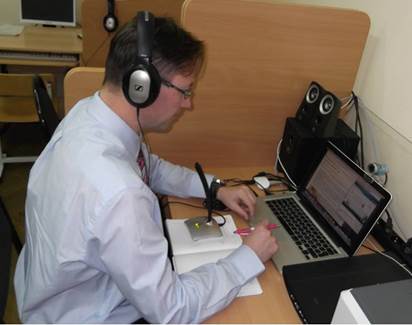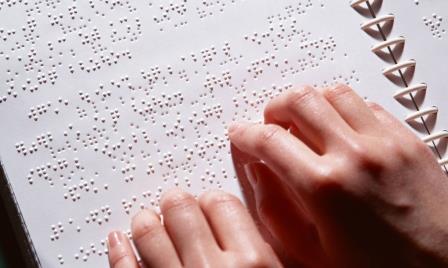References
1. Dvulichanskaja N. N. Interaktivnye metody obuchenija kak sredstvo formirovanija kljuchevyh kompetencij // Nauka i obrazovanie: jelektronnoe nauchno-tehnicheskoe izdanie. 2011. - №4.
2. Kurysheva I.V. Klassifikacija interaktivnyh metodov obuchenija v kontekste samorealizacii lichnosti uchashhihsja // Izvestija Rossijskogo gosudarstvennogo pedagogicheskogo universiteta im. A.I. Gercena. 2009. - №112.
3. Osipova O.P. Ispol'zovanie interaktivnogo oborudovanija v obrazovatel'nom processe. // Internet i obrazovanie, 2009, № 11.
4. About the SCALE-UP Project. (2007). NC State University. www.ncsu.edu/per/scaleup.html
5. Aesaert, K., Vanderlinde, R., Tondeur, J., & van Braak, J. (2013). The Content of Educational Technology Curricula: A Cross-Curricular State of the Art. Educational Technology Research and Development, 61(1), 131-151.
6. Assessing Teaching and Learning in Technology-Infused TILE Classrooms
at the University of Iowa (July 2012). Educause Learning Initiative, https://net.educause.edu/ir/library/pdf/SEI1202.pdf
7. Auster, E.R. and Wylie K.K. (2006). Creating Active Learning in the Classroom: A Systematic Approach. Journal of Management Education. 30(2), 333-353.
8. Beichner, Robert J. (n.d.). Student-Centered Activities for Large-Enrollment University Physics (SCALE-UP). North Carolina State University ftp://ftp.ncsu.edu/pub/ncsu/beichner/RB/SigmaXi.pdf
9. Brown J. S. (2006). New Learning Environments for the 21st Century: Exploring the Edge. Change. 38(5),18-24.
10. Chen, Vincent. (October 26, 2001). TEAL Project a Success; May Expand Next Year. The Tech. Online edition. 121(54), n.p. http://tech.mit.edu/V121/N54/54_teal.54n.html
11. Florman, Jean C. (Spring 2014). TILE at Iowa: Adoption and Adaptation. New Directions for Teaching and Learning. 137, n.p. Wiley Online Library. DOI: 10.1002/tl.20088.
http://tile.uiowa.edu/files/tile.uiowa.edu/files/adoption_Florman2014.pdf
12. Fosnot C.T. , ed. (1996). Constructivism: Theory, Perspectives, and Practice. NY: College Teachers.
13. ILS – Interactive Learning Space (2014). Educational Excellence. Ball State University: Education Redefined. http://cms.bsu.edu/about/administrativeoffices/educationalexcellence/services/learningspacesinitiative
14. Jaworski B. (1994). Investigating Mathematics Teaching: A Constructivist Enquiry. Bristol, Pa.: Falmer P.
15. National Research Council. (2010). Rising above the gathering storm, revisisted: Rapidly approaching category 5. Washington, DC: National Academy Press.
16. Prawat, R.S. & Floden R.E. (1994). Philosophical Perspectives on Constructivist Views of Learning. Educational Psychology, 29(1), 37-48.
17. Rotgans, J. I. & Schmidt H. G. (2011). The Role of Teachers in Facilitating Situational Interest in an Active-learning Classroom. Teaching and Teacher Education, 27(1), 124-167.
18. SCALE-UP. Student-Centered Active Learning Environment with Upside-down Pedagogies. Frequently Asked Questions. http://scaleup.ncsu.edu/FAQs.html
19. Steff L. & Gale J., eds.(1995). Constructivism in Education. Hillsdale, N.J.: Erlbaum.
20. TEAL. Technology-Enhanced Active Learning. Massachusetts Institute of Technology. http://web.mit.edu/edtech/casestudies/teal.html
21. TILE. Transform, Interact, Learn, Engage. (2014). The University of Iowa. http://tile.uiowa.edu/













